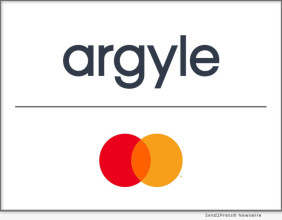Highlights
- Interest payments fluctuate with short-term interest rates.
- Protects investors from interest rate volatility.
- Popular among risk-averse and institutional investors.
Floating-rate notes (FRNs) are a type of debt security that pay variable interest, which is typically tied to a benchmark interest rate, such as the London Interbank Offered Rate (LIBOR) or the Secured Overnight Financing Rate (SOFR). Unlike fixed-rate bonds that pay a consistent interest rate throughout their tenure, FRNs adjust their interest payments at predetermined intervals, usually every three or six months. This adjustment is based on changes in the underlying benchmark rate, plus a fixed spread that remains constant throughout the life of the note.
How Floating-Rate Notes Work
FRNs are designed to protect investors from fluctuations in short-term interest rates. When market interest rates rise, the interest payments on FRNs increase accordingly, providing higher returns to investors. Conversely, if market rates fall, the interest payments decrease. This dynamic adjustment makes FRNs an attractive option for investors who want to mitigate interest rate risk.
The structure of an FRN includes a reference rate and a spread. The reference rate is typically a widely recognized short-term rate like LIBOR or SOFR. The spread is an additional percentage that compensates the investor for the credit risk of the issuer. For example, an FRN may be quoted as "SOFR + 0.5%," meaning the interest payment is the current SOFR rate plus 0.5%.
Advantages of Floating-Rate Notes
- Interest Rate Protection: FRNs are particularly appealing to investors during periods of rising interest rates because their payments increase with the benchmark rate, thus preserving purchasing power.
- Lower Price Volatility: Since interest payments adjust to market conditions, the market price of FRNs tends to be more stable compared to fixed-rate bonds.
- Portfolio Diversification: Adding FRNs to an investment portfolio enhances diversification by reducing exposure to interest rate risk associated with fixed-income securities.
Risks and Considerations
While FRNs offer several advantages, they also come with certain risks:
- Interest Rate Risk: In a declining interest rate environment, the interest payments on FRNs may decrease, leading to lower yields compared to fixed-rate bonds.
- Credit Risk: Like all debt securities, FRNs carry the risk of default by the issuer, which can result in the loss of principal and interest.
- Liquidity Risk: Some FRNs may have limited secondary market liquidity, making it challenging to sell the security before maturity without impacting its price.
Who Invests in Floating-Rate Notes?
FRNs are popular among institutional investors, such as banks, insurance companies, and mutual funds, as they provide a hedge against rising interest rates. Individual investors seeking capital preservation and stable income also consider FRNs a valuable addition to their portfolios. Additionally, risk-averse investors appreciate the reduced price volatility associated with floating-rate securities.
Conclusion
Floating-rate notes offer a unique investment opportunity by providing variable interest payments that adjust with changes in short-term interest rates. This feature helps protect investors from interest rate volatility, making FRNs particularly attractive during periods of rising rates. While they provide a safeguard against interest rate risk, potential investors should also consider the impact of declining rates, credit risk, and liquidity issues. Overall, FRNs serve as a strategic addition to a diversified investment portfolio, balancing risk and return effectively.
_02_12_2025_08_17_21_364298.jpg)




